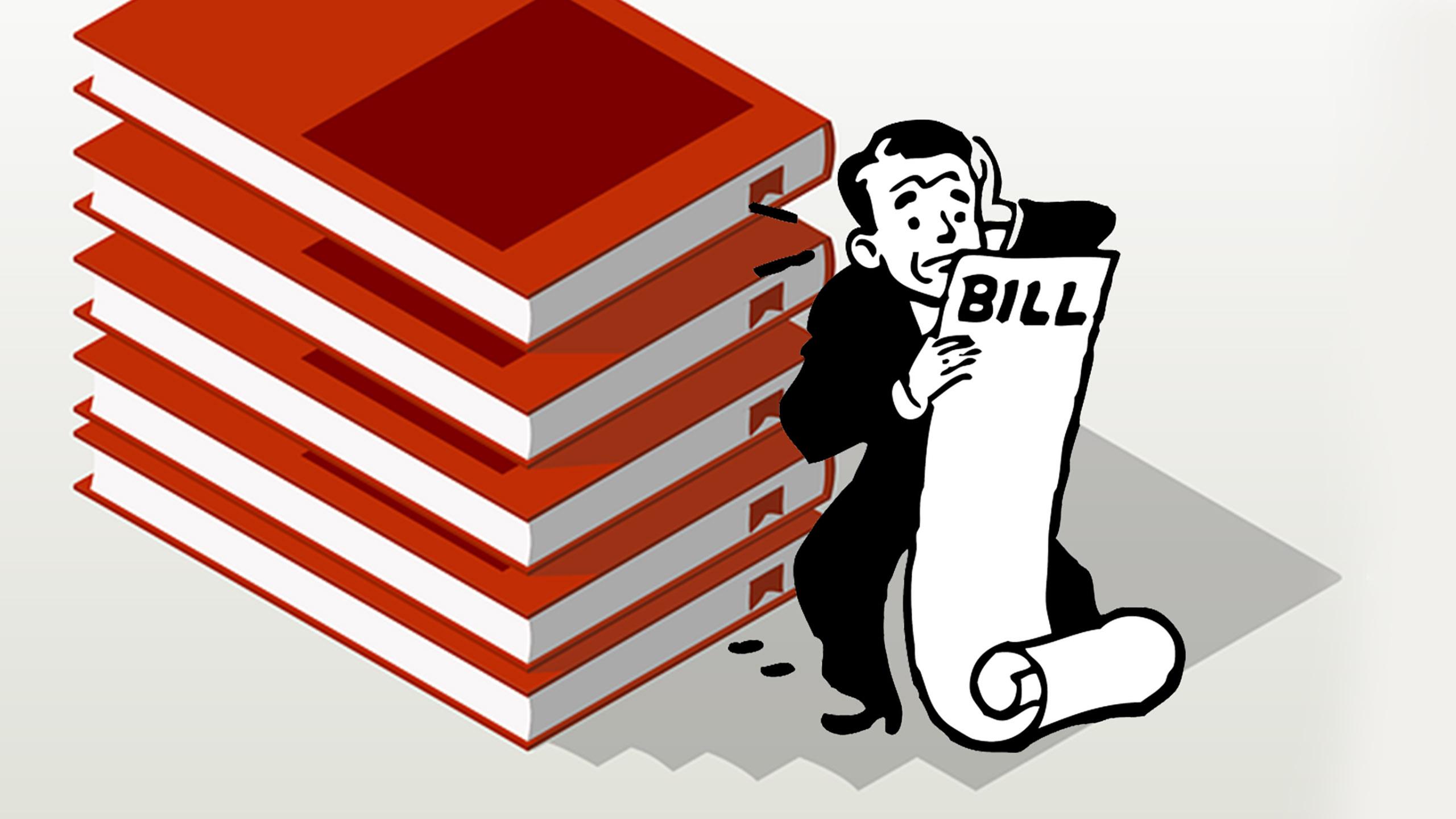By Kiernan Green
Watching his savings, budgeting and getting a credit rating are what second-year electrical engineering student Joshua Maitland did to improve his financial literacy and avoid the challenges that come with student debt. For him, entering the “adult world” was realizing that if you aren’t financially literate, you will be “broke forever.”
Financial literacy can be an asset for indebted university students, who can expect to graduate with an average of approximately $26,000 in debt, according to a 2015 study from the Canadian University Survey Consortium. A CIBC survey from that same year found that 82 per cent of Canadians between 18 and 34 felt like they weren’t confident investing their money and lacked knowledge about finances.
Maitland said he felt as though high school and university thus far had let him down. When it came to learning about personal finances, his parents “did what they could” to teach him about money.
“But if I could have gotten a little extra help from school too, that would have been nice,” said Maitland.
Ryerson University offers its students support in other areas of life. The Centre for Student Development and Counselling and Student Learning Support provide free support programs for the academic and emotional well-being of students.
However, stories such as Maitland’s demonstrate the need for equally accessible financial literacy courses at university. RU Debt Free is one such course. It’s offered to students for free by the university’s department of financial services.
The course began in 2014 under the coordination of Ryerson Credit & Collections Manager Doug Furchner and through the instruction of trained student facilitators. Running once during the fall and winter semesters, students in the course spend an hour a week in session for five weeks. The class covers topics like managing bank accounts, paying for university and life after school.
According to Furchner, the most important lessons are on managing credit cards and budgeting.
“If you can’t budget, what’s the point?” said Furchner. “If you don’t know how much you’re getting and how much is going out every month, you will never know where you can cut back and where you can save.”
Arsal Wahab, a third year business management student and current student facilitator for RU Debt Free, said he considered himself knowledgeable with his personal finances. But after taking the course he was shocked to find out how little he knew.
“It’s really good to have other students with you, and know you’re not the only one with these problems,” he said. “There’s things I never even thought about [in finance] that are so simple.”
The inspiration for the course came from similar financial literacy programs offered in the United States—a country that, according to Furchner, is ahead of Canada when it comes to teaching its students about finance.
Since 2014, the RU Debt Free financial literacy course model has been traded between Ryerson and other universities. Today, Furchner said McMaster University, the University of Ottawa, and the University of Waterloo offer their students similar programs inspired by Ryerson’s.
The increase in financial literacy programs isn’t limited to post-secondary schools. According to the Toronto Star, the government of Ontario will provide separate and compulsory financial literacy courses to 28 high schools as part of a pilot project for revamping the grade 10 curriculum.










Leave a Reply